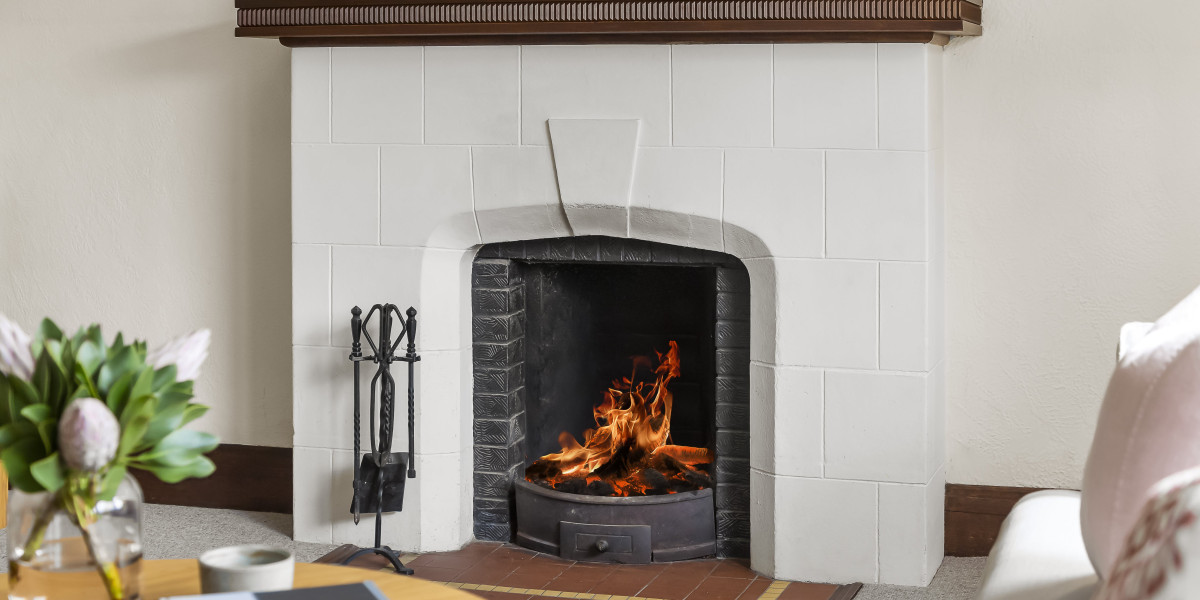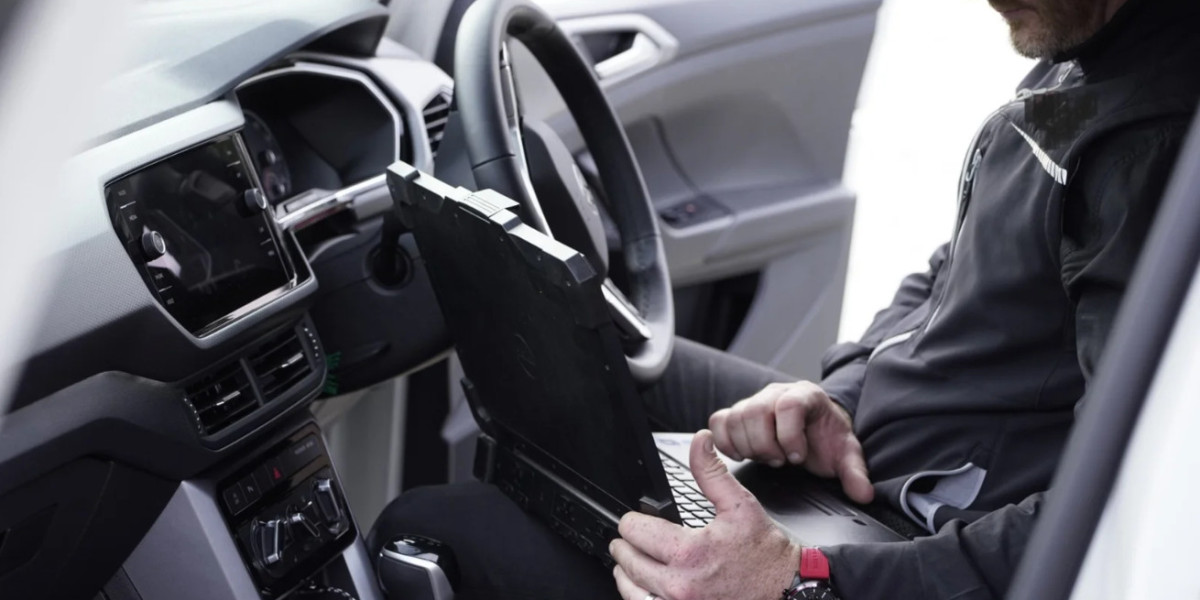 If you're using fireplaces for aesthetics or warmth, choosing the right surround can give your living room personality. It can be difficult to pick a fireplace surround which is both safe and compliant with the code.
If you're using fireplaces for aesthetics or warmth, choosing the right surround can give your living room personality. It can be difficult to pick a fireplace surround which is both safe and compliant with the code.Fortunately, these custom-built surrounds are made of non-combustible material that conforms to the National Fire Code. They look fantastic in any style of home.
Simple Concrete Surround with Marble Slabs
A fireplace surround can be the focal point of rooms, and it can bring warmth and charm. It is made of a variety of materials, and designed to suit different styles of design. Before you decide on a fireplace design, it's important that you think about the design and budget of the room.
Marble fireplace surrounds are a classy option that can be paired with a wide range of design styles. They can be paired with rustic woods and modern metals to create a distinctive, modern design. Marble is relatively simple to maintain and is able to withstand high temperatures, which makes it a perfect material for a fireplace surround.
Stone is a classic material for fireplace surrounds and provides a timeless look that is suitable for many homes. It can be carved or etched to create contemporary appearance, or left untouched to give it a classic appearance. Stacked stone veneers can be used to add texture and depth to the interior of a room.
Granite is a popular option for modern surrounds around fireplaces. It is durable and can be able to withstand heat well. It is available in a variety of patterns and colors making it possible to create a variety of design styles. Quartzite is another durable option that can be cut and molded to fit a modern fireplace surround.
Installing a concrete enclosure for a fireplace could be feasible for DIYers. This task may seem daunting however it's much easier than you think when you collaborate with an expert and plan ahead.
A professional is also recommended when building a marble fireplace surround, as it requires special attention to avoid damage. A skilled carpenter can help you avoid mistakes that could cost you thousands of dollars in repairs.
If you intend to use tile for a fireplace surround, make sure it's rated for high temperatures. This information is usually located on the label, or you can inquire with an employee at a home improvement shop.
Leaning Frame Surround
The fireplace's surround can transform a room. It's not just designed to look attractive, but also has a functional function that is to safeguard the wall behind the fireplace from damage caused by fire and deflect heat away from the room. It's available in a variety of materials and can be customised to fit any style or decor.
The right material is essential to achieving a deliberate aesthetic. Concrete is a good choice because it's highly durable and non-flammable. It also has lots of visual appeal due to its natural texture and color. It is usually poured in a mold to allow you to choose the option of creating unique shapes.
When you design your leaning frame, be sure to include layers. This makes the frame appear more organized rather than randomly placed. Leaning frames can be dangerous, so if you're planning on displaying heavier objects like lamps or vases, put a small piece of drawer liner made of rubber under the base to keep them from falling or causing damage to surfaces.
If you're using a concrete or marble surround, consider adding an oak board at the bottom to keep it in the right place. It can also help reduce the weight of the piece and prevent it from shifting while you sip a refreshing glass of wine or a cup of coffee on your mantel.
After you've decided on the material, it's time to construct the actual piece. First, mark the new wall with the dimensions of your frame and use a saw to cut cleats on each of these marks. Make sure that the cleat on the top of the shelf is at a minimum a foot shorter.
Attach the brackets to the wall. Make sure that the bolts go through the backer board, and into the nail. Making the screw holes in advance is recommended if required. After that, fix the mantel to the backer board. Fix the mantel using lag bolts (2-4 bolts per stud). Be sure that the bolts are sufficient to cover 2/3 of the mantel's depth plus the thickness of the backer board.
Black Firebox Surround
Fireplace surrounds serve both an aesthetic and a functional function. They protect walls against heat damage, reflect heat back into the room and make a fireplace a focal piece in an area. The most commonly used materials used for fireplace surrounds are metal and wood. Metal surrounds are required by building code to protect nearby combustible materials or they can enhance the look of a fireplace.
The fireplace in this contemporary living space has an all-black firebox with white marble accents. The marble is more expensive and requires more care than wood, but it adds an eye-catching design feature to the room. The black finish also brings together the dark tones of the wood flooring and furniture to create an attractive appearance.
While you might think of concrete as a material for sidewalks and driveways, it's a very flexible and attractive material for fireplace surrounds. It can be shaped into a variety of shapes and then poured into place, providing almost endless design possibilities. The concrete surround has been shaped into a curving profile, creating an elegant, modern appearance that contrasts with the darker shades of the brick floor and wood wall.
Another popular material for fireplace surrounds is wooden fireplaces, which is available in a variety of textures and colors that complement any decor scheme. Wooden surrounds can be finished in any shade to fit your hearth pad. They are lighter and more affordable than the masonry surrounds. Most wooden surrounds can accommodate household decor above the mantel, such as lamps and vases.
Certain wood surrounds come with an edging that covers the top of mantel and houses fireplace doors. This plate can be attached to the mantel with hinges or decorative fasteners that mimic the look of iron.
When choosing a mantel made of wood or a metal fireplace surround, it is important to consider the height of your chimney. To stop a fire from spreading into your home, building codes require minimum clearances. This distance may vary based on the kind of fireplace you have and also from state state or country to country.
Simple Wood Surround
If you'd like your fireplace to have a classic wood look, there are many kinds of surrounds available for purchase. Some surrounds are made of solid oak, while others include stone legs with pine or oak mantels. There are also oak or pine fire surrounds that are designed to be a low-cost and easy alternative.
Many people choose to purchase a pre-made fireplace surround since it's a cost-effective way to achieve the look they want without hiring carpenters. Some of the pre-made fireplace surrounds made from pine are available in a range of different finishes so that you can match it to your existing decor.
Another type of wood fire surround is one that is hand-crafted using a top quality oak. It can be stained with an oak-like light color or left untreated to ensure that the natural golden brown of the wood shows through. This fireplace surround is suitable for gas or wood fires. It is available in two different styles: arched or flat.
There are a lot of tutorials available online for those who have more experience in DIY home improvement projects. They can help you build your own wooden fireplace surround. This step-by-step tutorial from H2O Bungalow will show you how to make a rustic wood surround using pine.
The tutorial shows you how to build first the horizontal part, and then the vertical pilasters that will support the mantel. Once these are complete, you can install the mantel itself. The tutorial will show you how to install the crown molding, which will fill in any gaps between the cladding of the wall and the wall that surrounds it.
Since a wooden fireplace surround is made from combustible material, it is important that you adhere to the fire codes of your area and keep it 6 inches away from the edge of the chimney opening. It is also crucial to use an adhesive that is non-flammable to attach the decorative molding and ensure that it remains in place when the surround is put in place.



